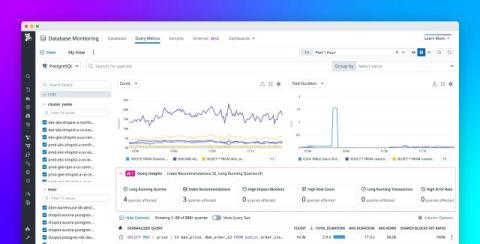Web Application Monitoring: Best Practices and Strategies for Performance Monitoring
Table of Contents Intro What is Application Monitoring? Types of Web Application Monitoring Factors To Consider in Web Application Monitoring Web Application Monitoring Best Practices Establish Clear Monitoring Objectives Select the Right Monitoring Solution Define the Key Performance Metrics Set Up Custom Alerts and Notifications Test and Verify Web App Monitoring Analyze and Respond to Monitoring Information Why is Monitoring Web Applications Important?











